Yellowstone Awaits
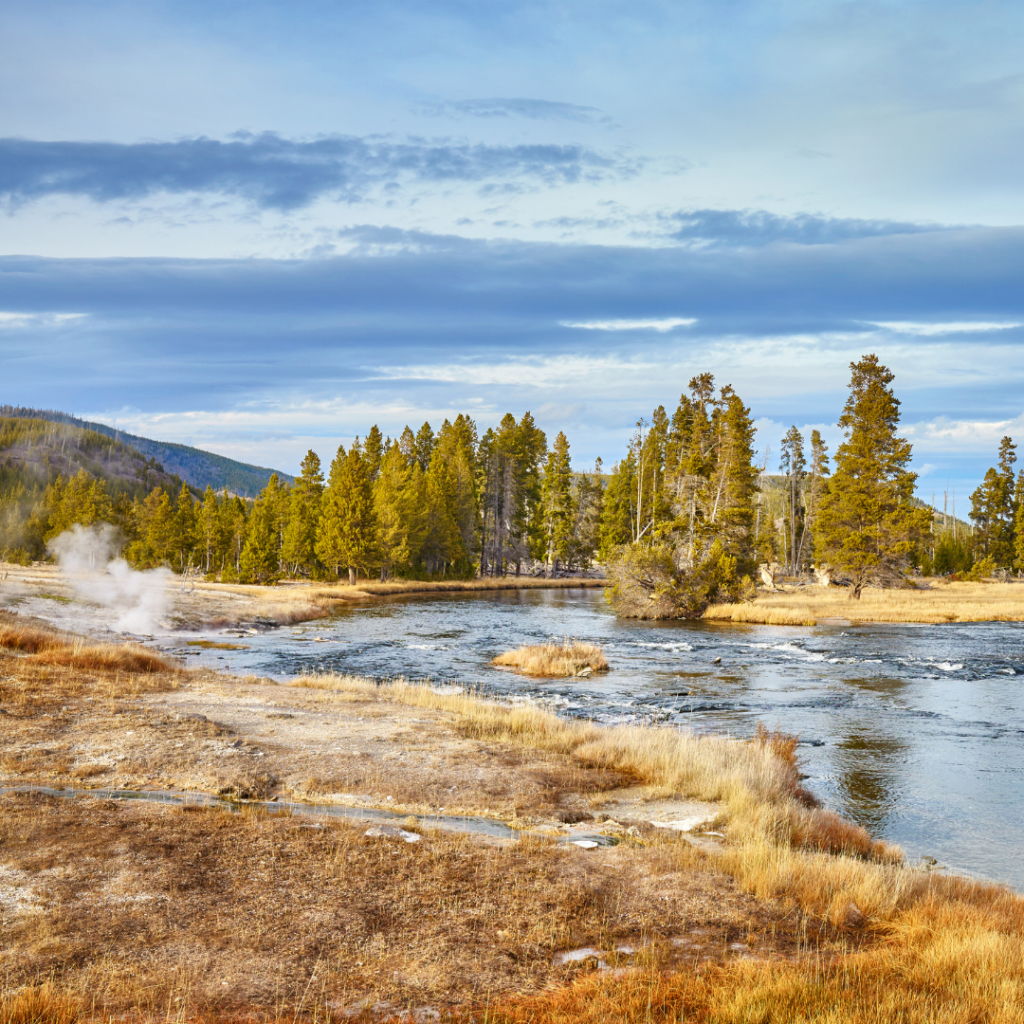
Imagine the freedom to explore Yellowstone National Park at your own pace, with a dedicated expert naturalist to guide you. June is a spectacular time to witness the park’s awakening- the wildlife are active, the wildflowers are blooming, …
Why Dawn & Dusk?
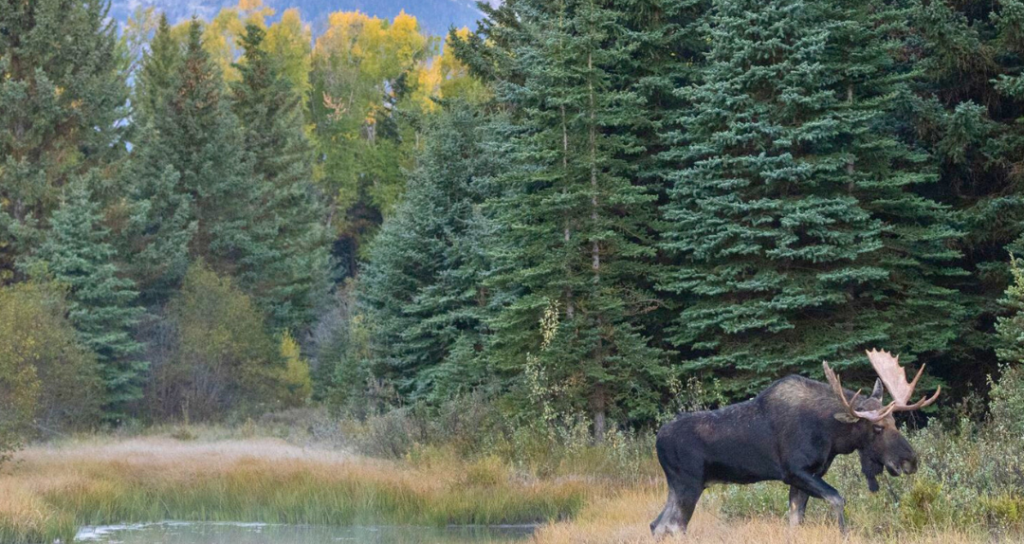
Sunrise and sunset are particularly rewarding times for animal observation in Grand Teton National Park, which is why we offer half-day sunrise and sunset tours. Many of the park’s iconic animals, such as moose, elk, …
Why Outdoor Summer Camps Are Essential for Kids’ Health, Learning, and Happiness
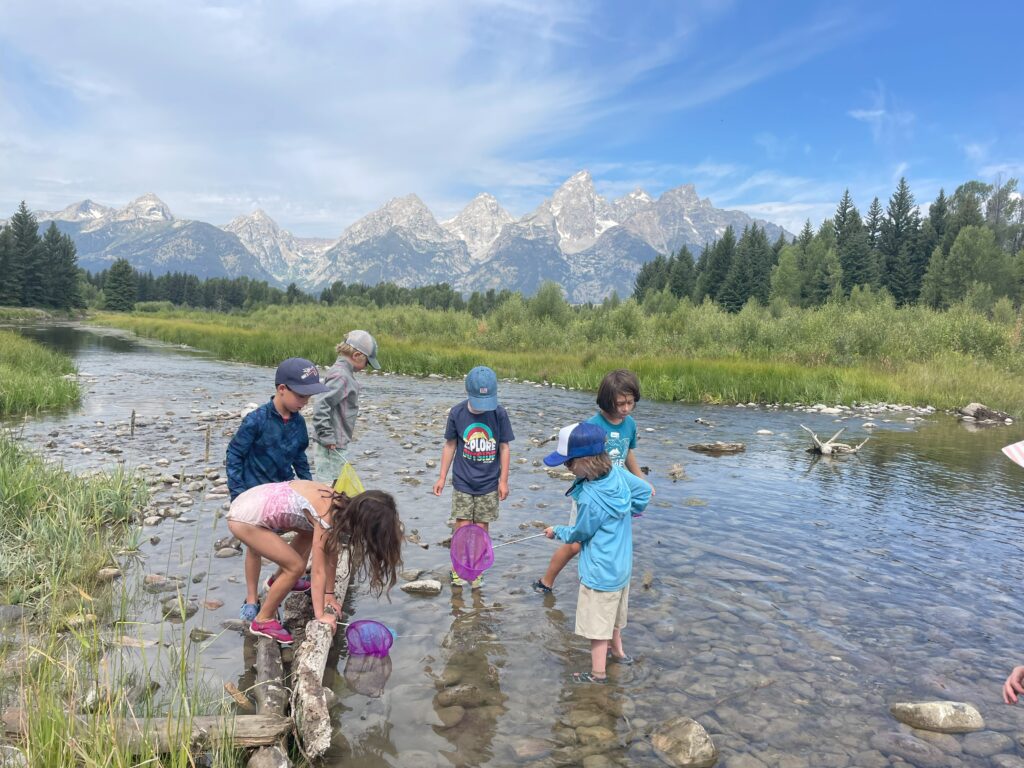
Rediscovering Wonder: Why Outdoor Summer Camps Matter More Than Ever
In an age when childhood is increasingly defined by screens, schedules, and indoor spaces, stepping outside has become revolutionary. Summer camp offers more than fun and games, …
Signs of Spring in Jackson Hole: First Wildflowers of the Season
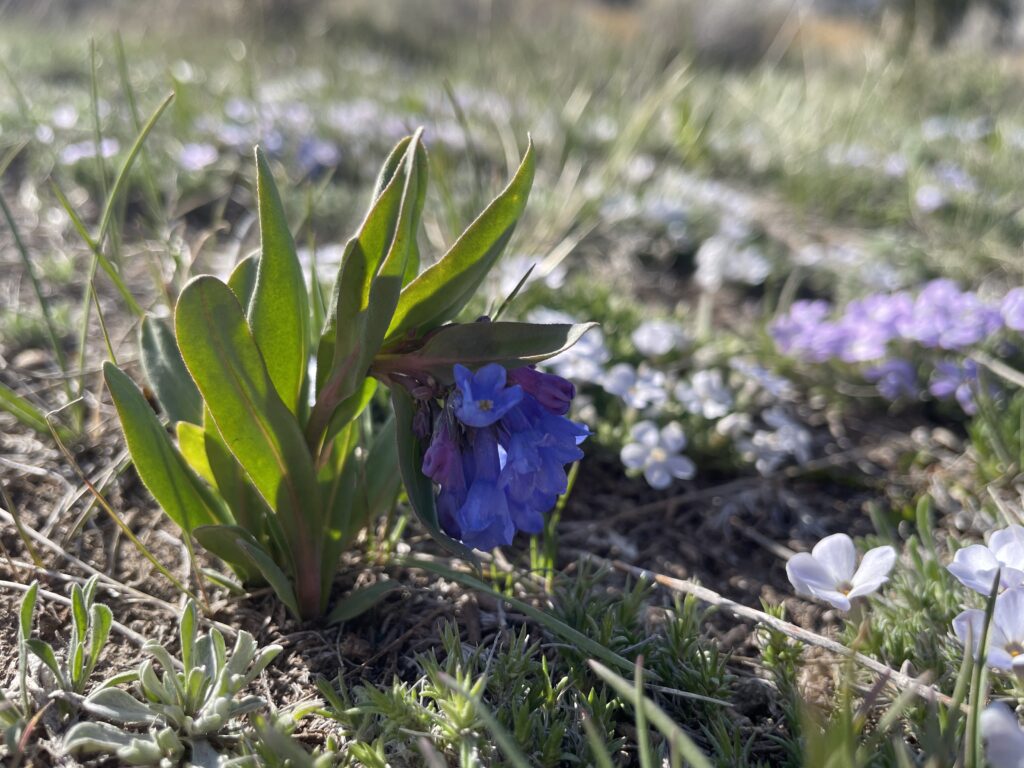
Written & Photographed by Jessamyn Biette, Program Coordinator – Service
After a long winter, color is finally beginning to return to the valley—appearing first as leaf buds and early-season wildflowers. These fresh pops of color are welcome signs that longer and warmer days are on their way to Jackson Hole. …
Calving Season is Upon Us
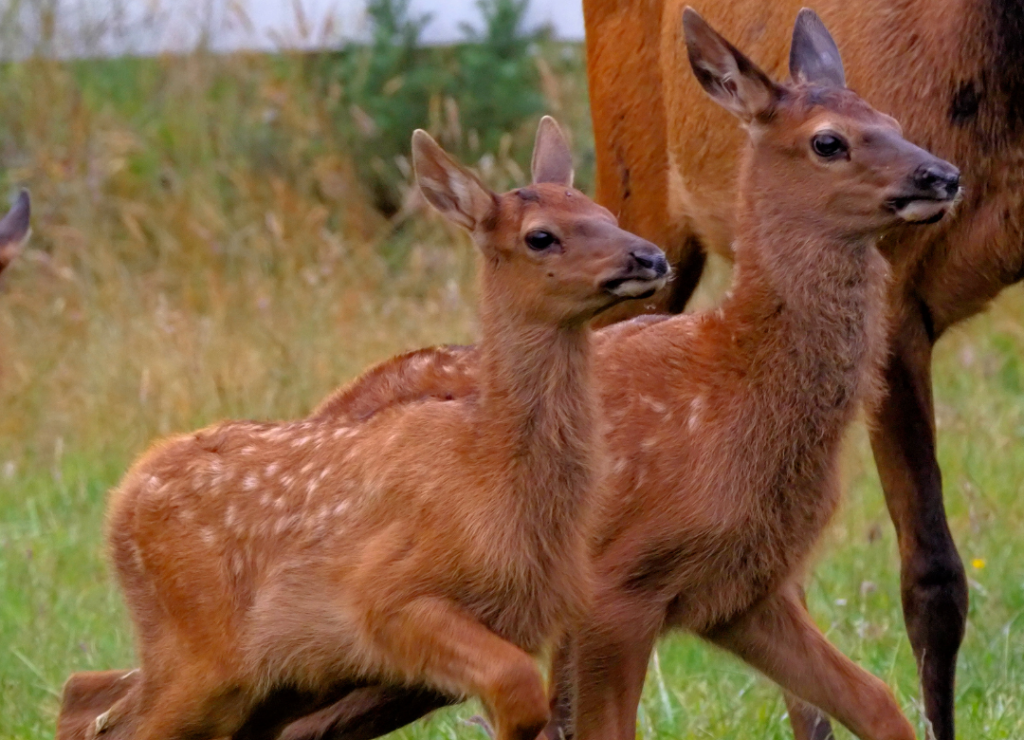
One of the most heartwarming signs of spring in the Greater Yellowstone Ecosystem is the arrival of new life. The Wildlife Expeditions team is thrilled to announce that calving season is officially upon us, bringing with it the adorable sights of newborn bison, …
Wildlife Wisdom from Kevin Taylor in PBS’s ‘View Finders’
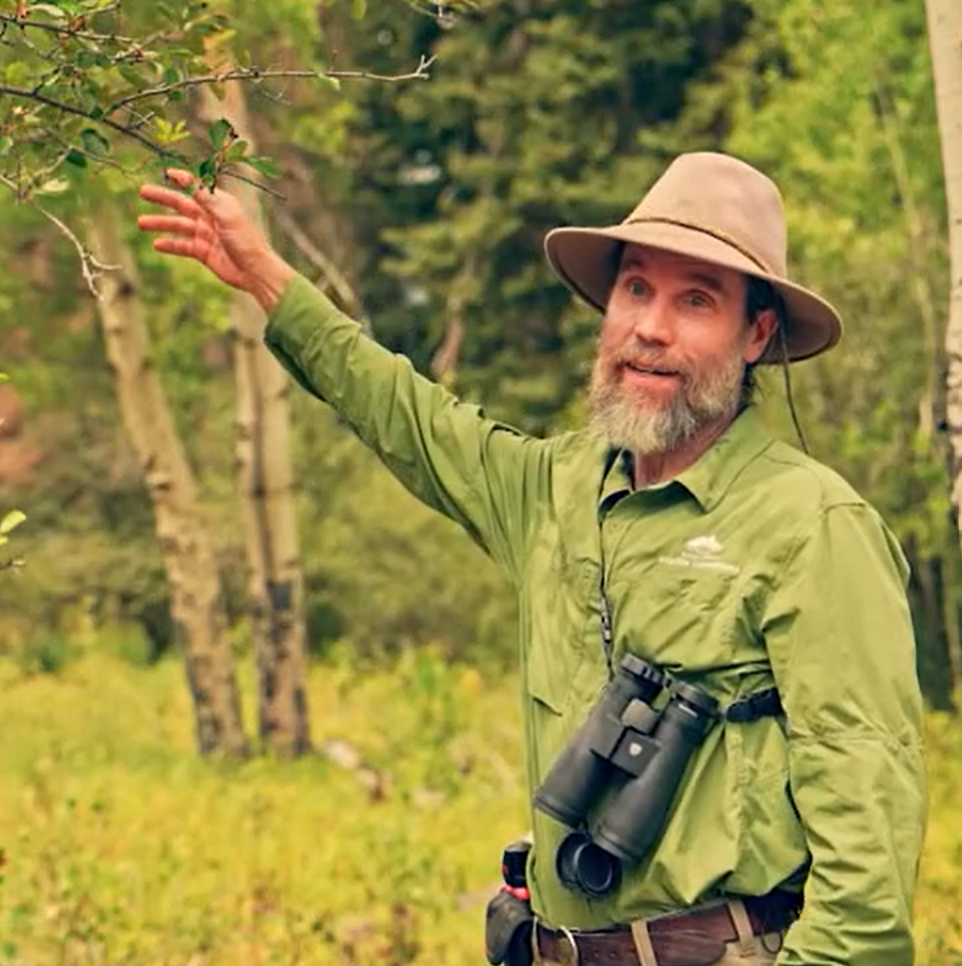
At Wildlife Expeditions of Teton Science Schools, we are thrilled to see the beauty and importance of the Greater Yellowstone Ecosystem highlighted. Our expert guides are deeply passionate about this incredible landscape and the wildlife that call it home. …
Yellowstone’s Bears in Spring
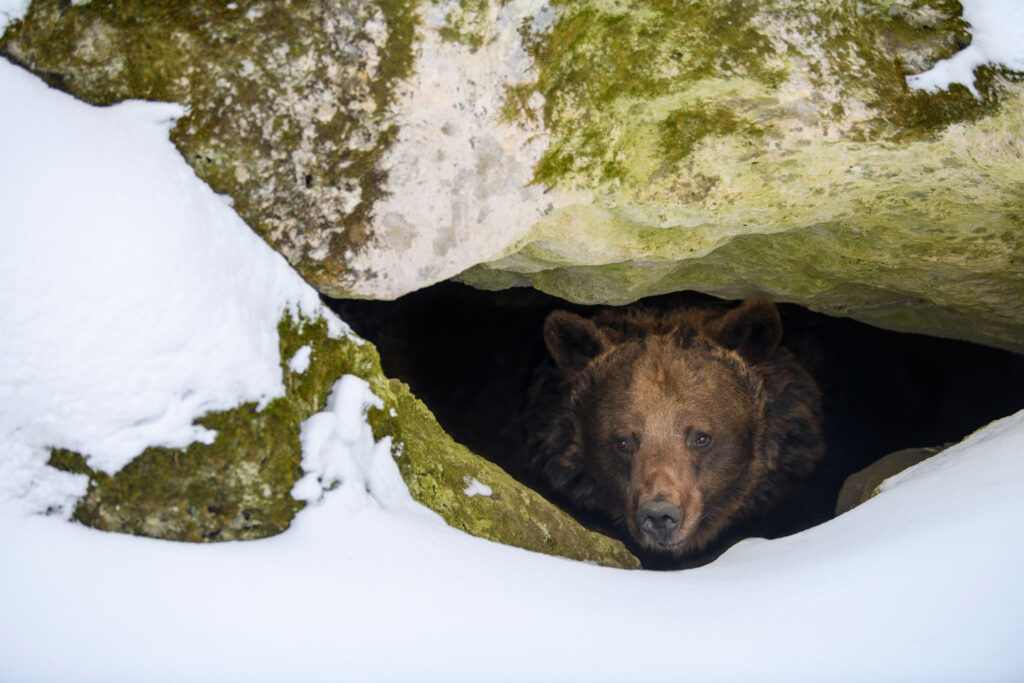
Each Fall, colder temperatures and less available food trigger both grizzly and black bears to search for suitable winter den sites in the winter. In Yellowstone, bears typically choose den sites on north-facing, 30-60 degree slopes between 6,500 – …
Something is growing in the GYE and it’s not grass!
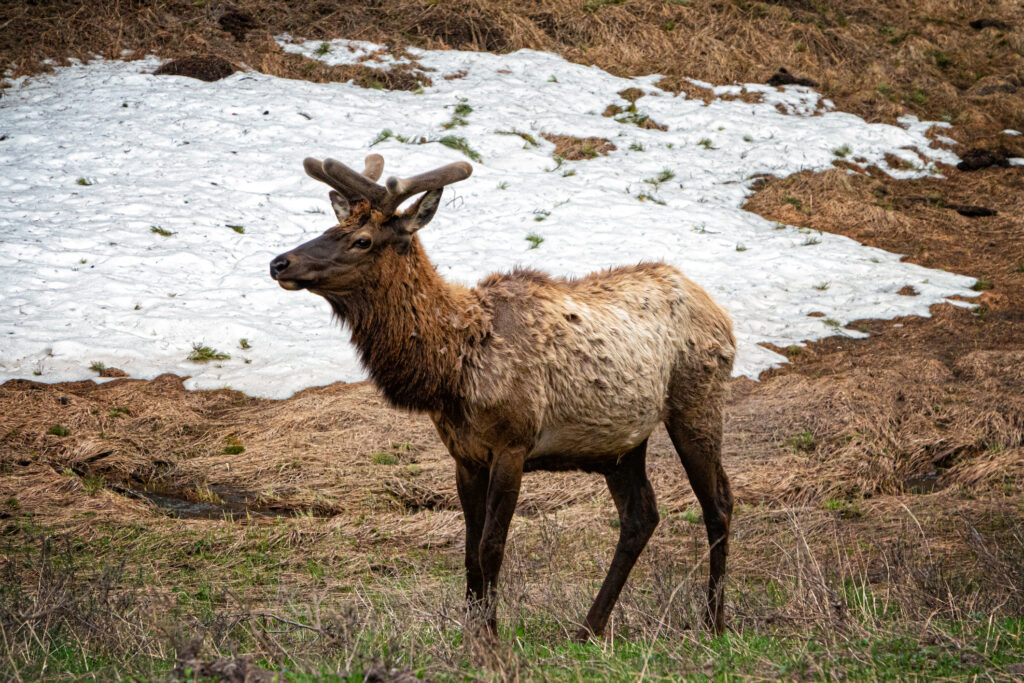
With longer days in the Greater Yellowstone Ecosystem, growth is starting, but not in the way you might expect. Grass, tree buds, and flowers all have another month or so to go before we see any visible signs of growth. …
A New Pack in GTNP – The Blacktail Butte Pack
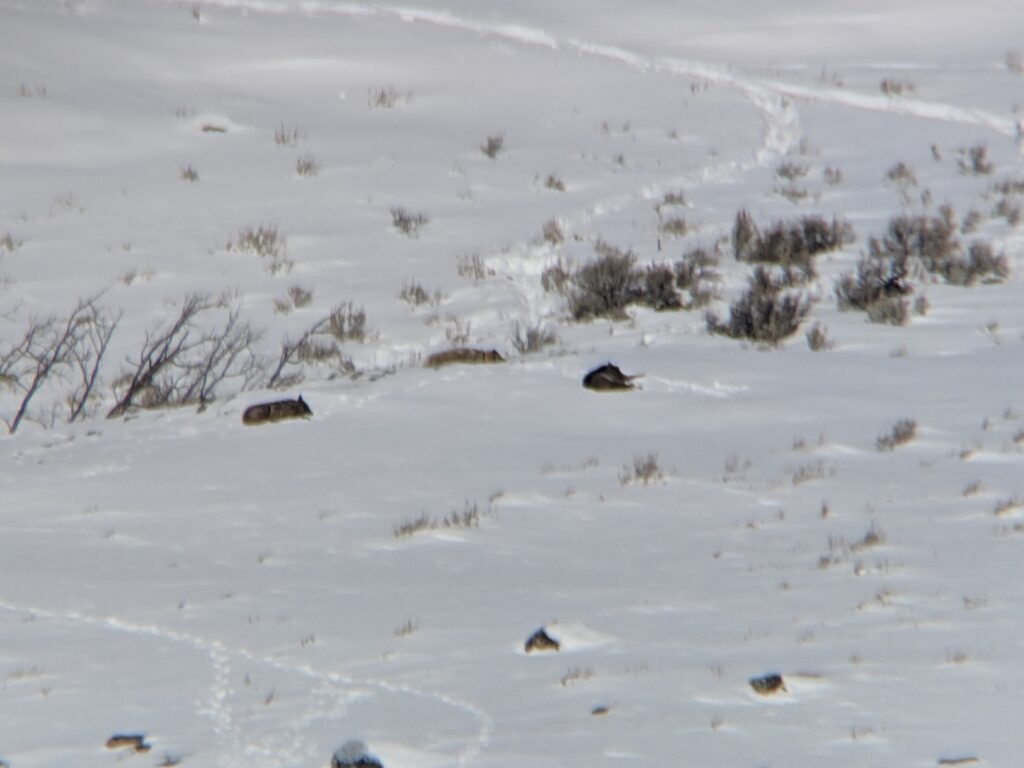
A New Wolf Pack in Grand Teton National Park
Our guides have been seeing a new group of wolves on the Elk Refuge this past month, a pack that has now been dubbed the ‘Blacktail Butte pack’ by Grand Teton National Park. …
The Best of Winter’s Last Days
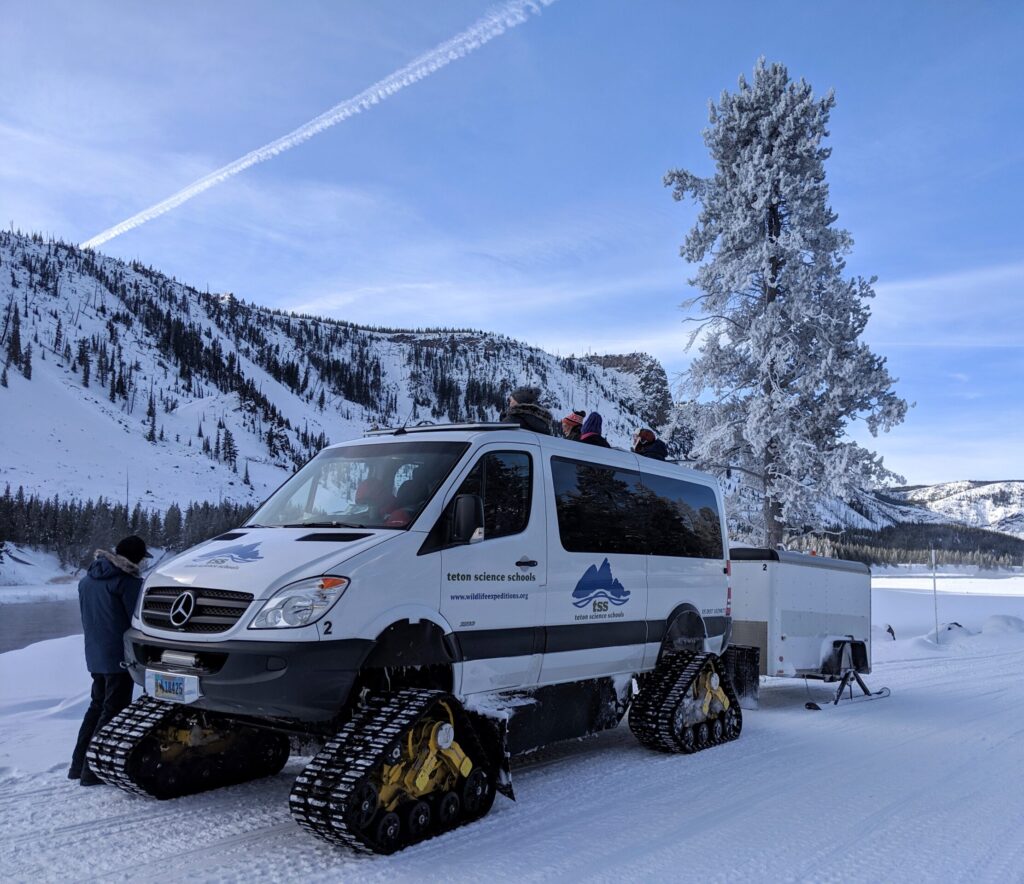
Looking for a truly unique adventure during your spring visit to Jackson Hole? Ditch the crowded lift lines and traffic and embrace the serene beauty of Yellowstone National Park in its winter splendor! While many associate Yellowstone with its vibrant summer months, …

